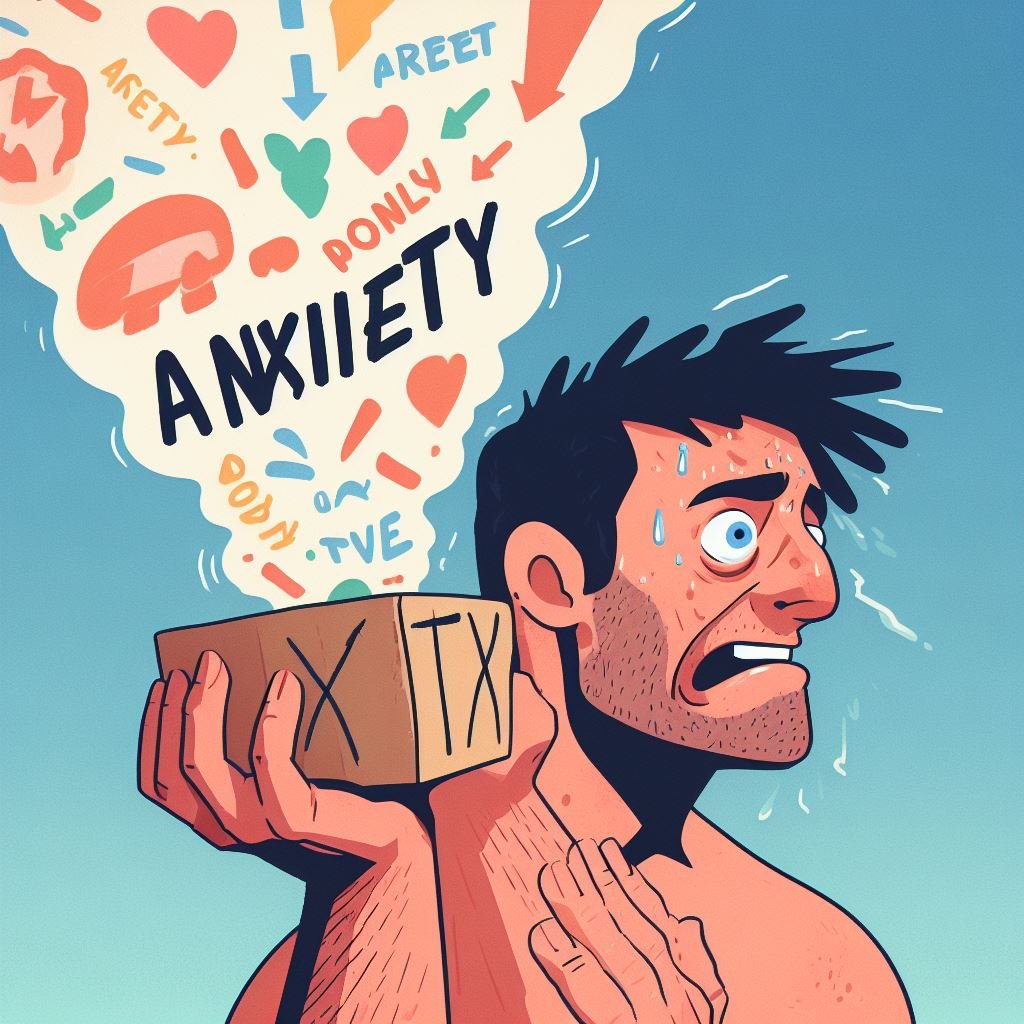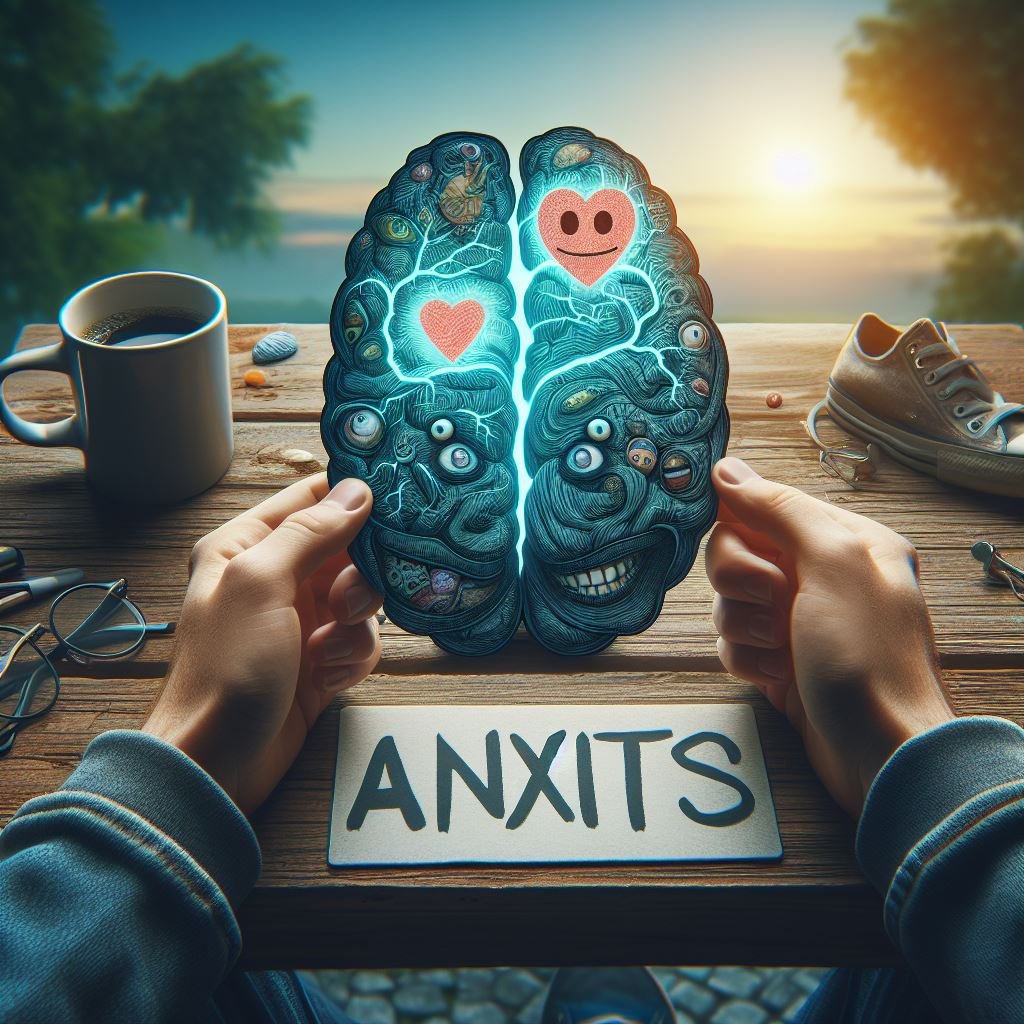6 Best Anxiety Similes for Improving Your Mental Health
This article is about anxiety similes. In this article, you will learn about the definition, why similes are used to describe anxiety, examples , how to use them, case studies, the impact of these on mental health, the role of these in therapy, and the future of such terms. The article is organized into 8 sections with headings and subheadings to make it easy to read and scan. You can also find a table of contents that covers each and every aspect of the topic. I hope this helps.
Introduction
Anxiety is a common mental health condition that affects millions of people worldwide. It can be difficult to describe the experience of anxiety to others, but similes can be a helpful tool in communicating how it feels.

Definition of anxiety
Anxiety is a feeling of unease, such as worry or fear, that can be mild or severe. It is a normal response to stress or danger, but for some people, it can become overwhelming and interfere with daily life.
What are similes?
A simile is a figure of speech that compares two things using the words “like” or “as”. For example, “Her smile was as bright as the sun.”
Why use similes to describe anxiety?
Similes can be a powerful tool in describing anxiety because they can help others understand what it feels like. By comparing anxiety to something else, it can make the experience more relatable and less isolating.
Examples of anxiety similes
- Trapped under anxiety: This simile describes the feeling of being stuck or trapped by anxiety. It can feel like you are unable to move forward or make progress because of the weight of your anxiety.
- Struggling to keep afloat: This simile compares anxiety to the feeling of struggling to stay above water. It can feel like you are constantly fighting to keep your head above water and not drown in your anxiety.
- A cloud above my head: This simile describes the feeling of having a cloud of anxiety hanging over you. It can feel like you are unable to escape your anxiety and that it is always present.
- Like running a marathon: This simile compares anxiety to the experience of running a marathon. It can feel like you are constantly pushing yourself to keep going, even when you feel like you can’t.
- Like confronting a bully: This simile compares anxiety to the experience of confronting a bully. It can feel like you are facing an opponent that is much stronger than you and that you are unable to overcome.
- Like being stuck in a maze: This simile describes the feeling of being lost or trapped in your anxiety. It can feel like you are unable to find your way out and that you are stuck in a never-ending cycle of anxiety.
How to use anxiety similes
When using anxiety similes, it’s important to choose ones that accurately describe your experience. You can use them when talking to friends or family members, or when seeking professional help.
Case studies of anxiety similes
Studies have shown that using similes to describe feelings can be an effective way to communicate how it feels. For example, one study found that people who were given a list of anxiety similes were better able to describe their experience than those who were not.
The impact of anxiety similes on mental health
Anxiety similes can have a positive impact on mental health by helping people feel less alone in their experiences. By using similes, people can connect with others who have similar experiences and feel more understood.
The role of anxiety similes in therapy
Anxiety similes can also be used in therapy to help people better understand and manage their feelings. By using similes, therapists can help clients develop a more nuanced understanding of their experiences and develop coping strategies.
The future of anxiety similes
As our understanding of mental health continues to evolve, it’s likely that anxiety similes will play an increasingly important role in how we talk about and treat anxiety. By continuing to explore the use of similes in describing feelings. Moreover, we can help more people feel seen, heard, and understood.
Conclusion
you learned about the definition of anxiety and similes, why they are used to describe your feeling, examples, how to use them in your real life, case studies that will make you feel that you are not alone, the impact of using them in your conversations on mental health, the role of such terms in therapy, and the future. Additionally, the article is organized into 8 sections with headings and subheadings to make it easy to read and scan. Anxiety metaphors, idioms and similes are useful for explaining how we are feeling and the effect our anxiety is having on our lives. It can be analytic to use topological speech like this when explaining your situation to tribe, familiars and therapists. By continuing to explore the use of these in describing feelings, we can help more people feel seen, heard, and understood.

FAQS
An anxiety simile is a figure of speech that compares anxiety to something else using the words “like” or “as”.
Anxiety similes can be a powerful tool in describing feelings because they can help others understand what it feels like. By comparing anxiety to something else, it can make the experience more relatable and less isolating.
Examples of anxiety similes include “trapped under anxiety”, “struggling to keep afloat”, “a cloud above my head”, “like running a marathon”, “like confronting a bully”, and “like being stuck in a maze”.
When using anxiety similes, it’s important to choose ones that accurately describe your experience. You can use them when talking to friends or family members, or when seeking professional help.
Studies have shown that using similes to describe anxious feelings can be an effective way to communicate how it feels. For example, one study found that people who were given a list of anxiety similes were better able to describe their experience than those who were not.
Anxiety similes can have a positive impact on mental health by helping people feel less alone in their experiences. Moreover, by using similes, people can connect with others who have similar experiences and feel more understood.
